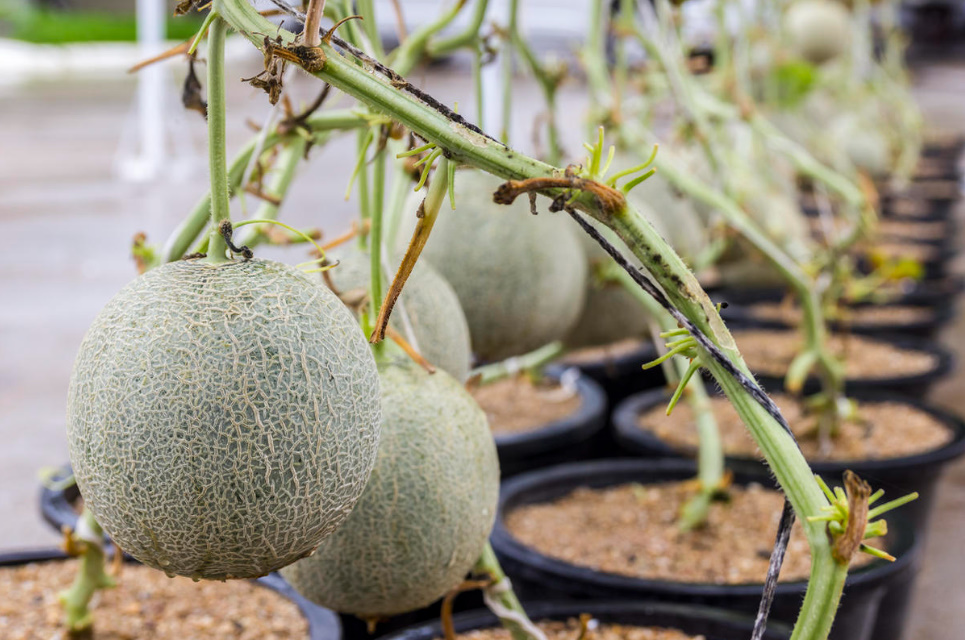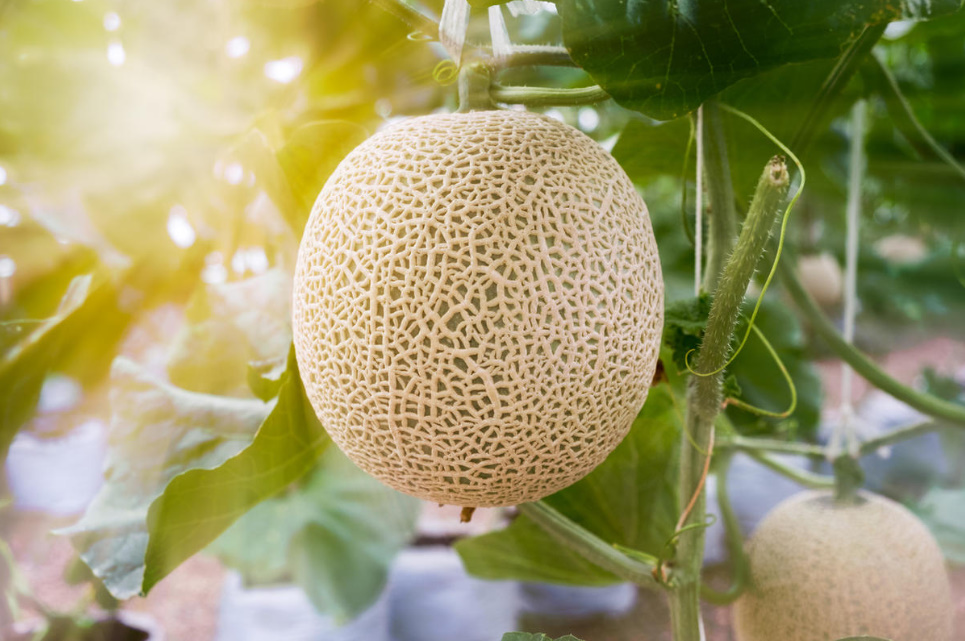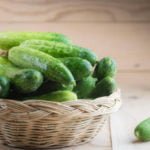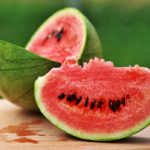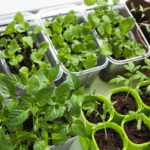To collect a generous harvest of melons in the middle lane? Easy! Follow our detailed instructions! In a sunny place in a greenhouse or under a film shelter, melons and watermelons grow well with us — if you wisely approach the choice of varieties and care for plants.
Many gardeners regretfully sort through bags of melon and watermelon seeds, being fully confident that it is impossible to harvest native southern fruits in the middle zone. In fact, many varieties have been bred for a long time, which are able to please with sweet fruits even in our regions with a difficult climate. Moreover, there are small-fruited breeding novelties that feel quite comfortable in a pot on a balcony or on a sunny terrace.
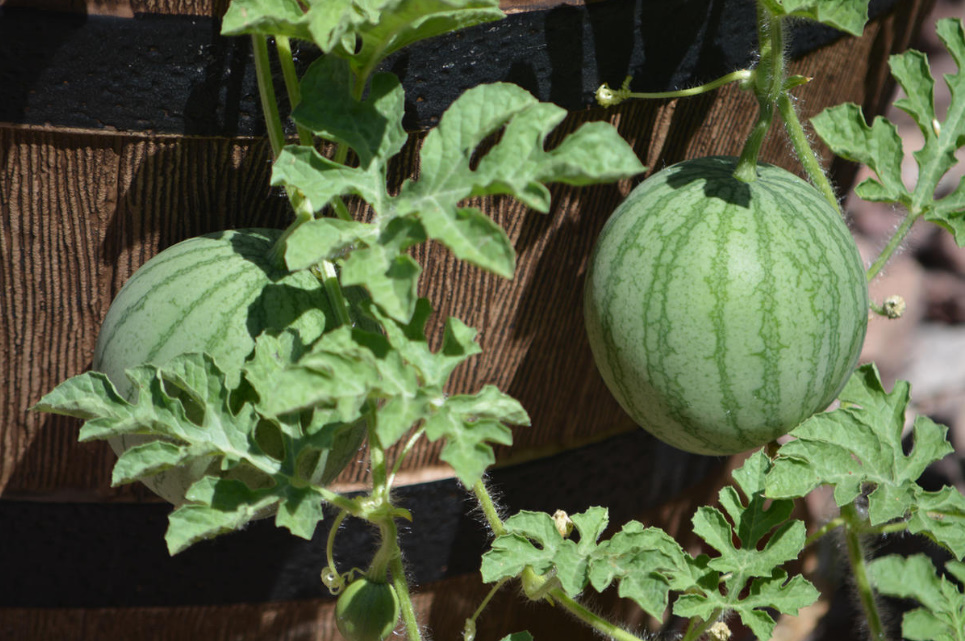
But about everything in order.
Melon and watermelon varieties for the middle lane
To begin with, let’s decide on the variety. For our latitudes, only early-maturing ones are suitable.
It is also useful to pay attention to the interval from the appearance of the ovary to the ripening of the fetus (as a rule, such information is on the package) — the shorter it is, the better. But it’s not worth chasing the dimensions of melons: the larger the fruit, the more time it will take for it to ripen. Melons and watermelons with fruits weighing 2-3 kg are optimal.
Cultivation of melons through seedlings
It is necessary to grow heat-loving immigrants from the south through seedlings. Seeds are sown in 2 pieces in plastic or peat cups in mid-April, covered with a film. The optimal temperature for germination is considered to be +20…+25°C day and +18…+20 °C at night. When seedlings appear, one “tenant” is left in each “house”, pulling out a weaker competitor.
Seedlings are transplanted at the age of 30-35 days (in mid-May). This can be done in a greenhouse or under a temporary film shelter, where they should stay until the end of June.
Tip: in order for the seedlings to take root faster in a new place, a week before planting for hardening, it is worth lowering the temperature to + 15…+17°C day and +12…+15 °C at night.
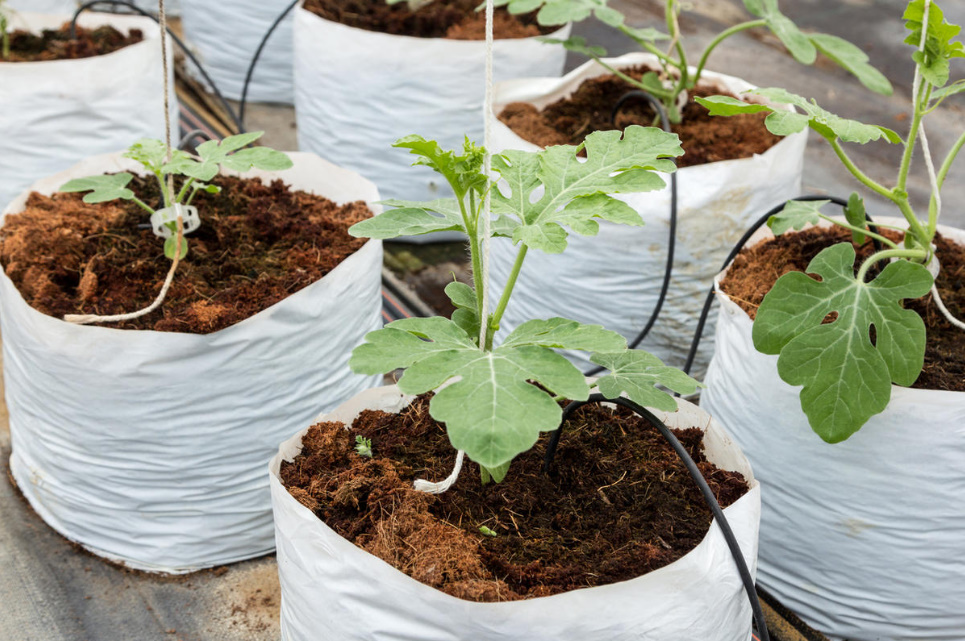
Important: the seedling clod should protrude 1-2 cm above the soil surface, because when deepened, the subfamily knee can rot.
Watermelons and melons ripening in the greenhouse should be placed in nets: they will not allow the fruits to break off and damage the whip.
In pots, you can grow plants of miniature varieties, such as melon ‘Anasta’ and watermelon ‘Mini Love’. They need reliable support and frequent watering.
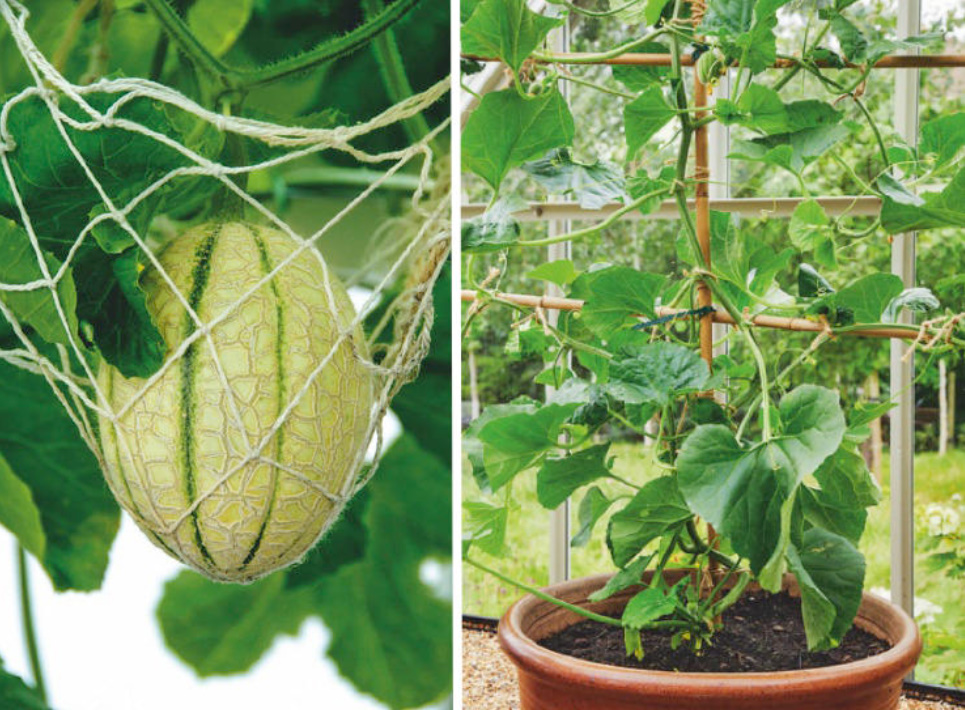
In the greenhouse, melons and watermelons are formed on a trellis (the lashes are tied up approximately 7-10 days after planting), plants are allowed to spread on the ground under the film. Straw or boards should be placed under the fruits so that they do not rot. It is especially important to isolate thin-skinned melons from the ground.

Melons grow best on a warm bed. It’s easy to make it: lay out plant waste in layers at the selected place and fill it with garden soil. The overheating waste will warm the roots of plants and serve them as a full-fledged nutrition.
As the bark of mesh melons matures, it acquires a characteristic pattern. The juicy, mineral-rich pulp of the fruit perfectly quenches thirst on a hot summer day.
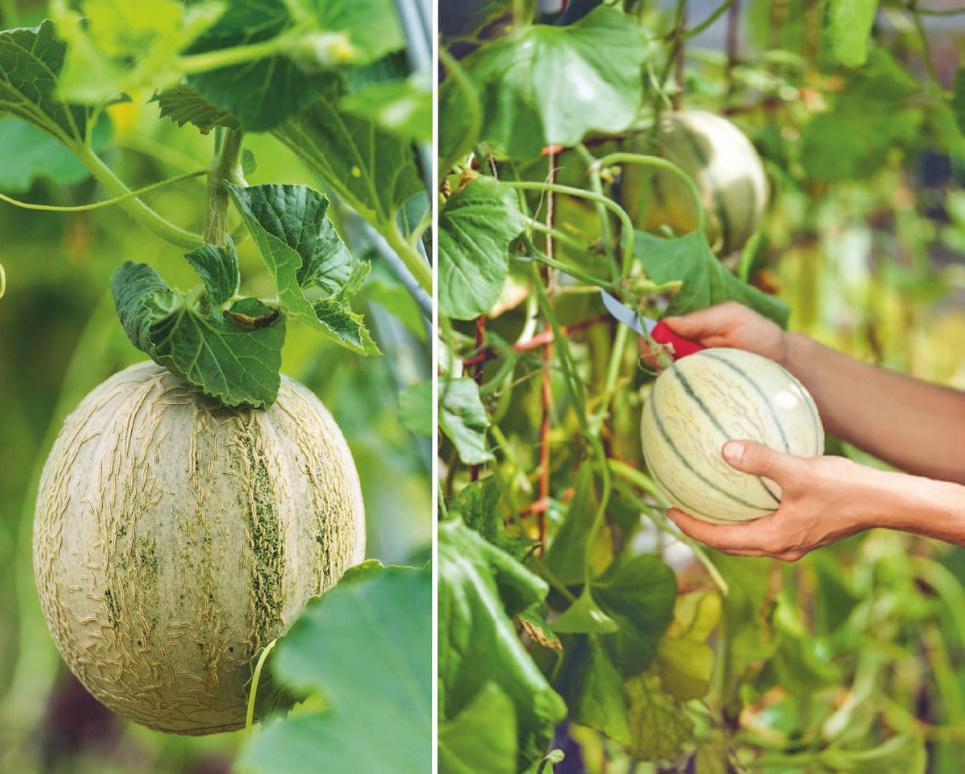
Ripe melons and watermelons should be carefully cut with a sharp knife, as soon as the peduncle has small cracks and the fruits begin to smell sweet.
Watering and fertilizing
Melons and watermelons are enough to water once a week. On the eve of fruit ripening, you need to gradually reduce the frequency or completely stop watering – this will increase the sugar content of the fruit. By the way, these representatives of pumpkin plants do not like high humidity — because of it, they are often affected by rot. To protect the “pets”, pour water under the root, trying not to get on the stem and leaves. Plants in the garden should preferably be sheltered from the rain, and the greenhouse should be well ventilated.
It is necessary to feed watermelons and melons 2 times during the growing of seedlings, then 2 weeks after planting in a greenhouse or under a temporary film shelter and again during budding.
What is the purpose of pinching shoots
One of the most important points in the process of growing watermelons and melons in regions with a cool climate is pinching shoots. In watermelon, female flowers and fruits appear mainly on the central stem and partially on the lateral ones. Therefore, the plants are grown in one stem, and the lateral shoots without ovaries are completely removed, with the ovaries pinched, retreating from the fruit by 2-3 leaves. In the greenhouse, when the whip reaches the ceiling, it also needs to be pinched.
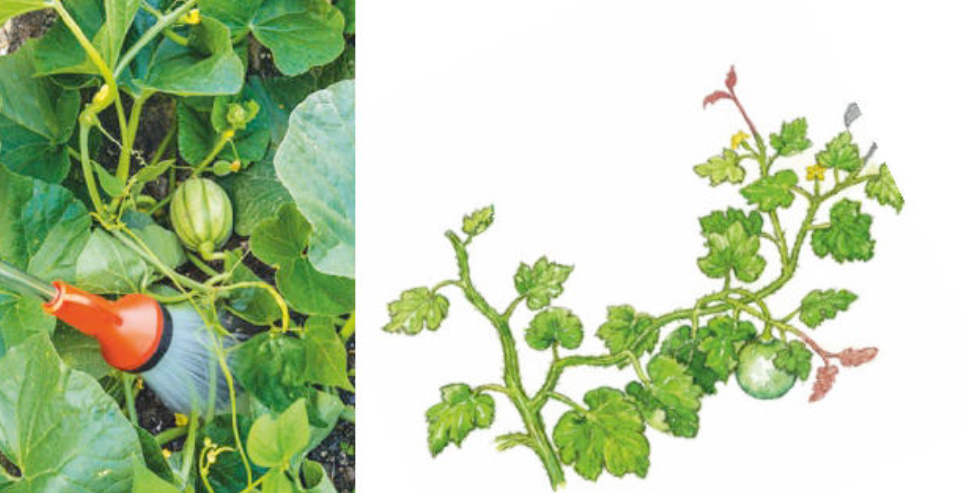
With melons, the situation is somewhat more complicated. They have female flowers and fruits formed on shoots of the third order, so they need to be formed in a special way (as shown in the figure above).
Rules for the formation of lashes in melons
Even at the seedling “age” it is necessary to pinch the main stem over the fifth or sixth leaf. All second-order shoots that appeared later should also have their tops removed after 8-10 leaves (indicated in gray in the figure above). Later, shoots of the third order grow, which will please the harvest. When the fruits reach the size of a ping-pong ball, the tops should be pinched on the fruit lashes, retreating 2-3 leaves from the fruit (indicated in brown).
When growing melons in a greenhouse, 1-2 of the strongest shoots of the second order should be left (the rest should be removed), tie them to a trellis and form them as in the figure above. At the end of June, the film must be removed (at least during the daytime), and the greenhouses must be left open. The thing is that plants begin to bloom at this time, but they will not yield a crop without insect pollination. If the weather does not allow the light-winged to fly, you yourself will have to “work as a bee” and pollinate the flowers manually.
In general, on each plant, whether in a greenhouse or in a garden, you need to leave no more than 6 ovaries in small-fruited and 3-4 in large-fruited, one per whip. The rest, smaller ones, should be cut off, since the plants simply do not have enough strength or time to “feed” the entire “offspring”.
